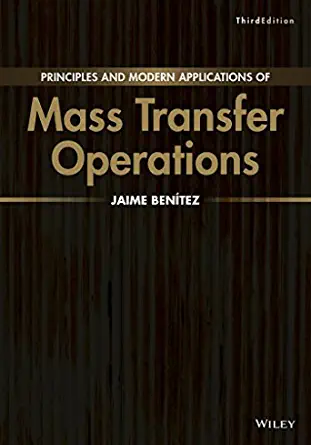Answered step by step
Verified Expert Solution
Question
1 Approved Answer
For a typical particle size distribution ( refer previous homework ) , compute the outdoor air PM 1 0 and PM 2 . 5 concentrations
For a typical particle size distribution refer previous homework compute the
outdoor air PM and PM concentrations in mu g m Assume that the particle density is
uniform with size at g cm
from previous home work answer that I got are
PMmu gm
PMmu gm
b Consider a simple model of particles in indoor air. The indoor environment is
represented as a single wellmixed reactor. The only source of particles in this model
is outdoor air. Air flows through the building at a rate lambda v QV h bringing
particles in from outside and also removing particles that are inside. Particles are also
lost from indoor air by deposition onto room surfaces, with a rate constant beta h
Given the parameters lambda v and beta derive an expression for the steady state ratio of
indoor to outdoor particle concentration, CiC
c For residential buildings, assume lambda v of h The deposition loss rate is a strong
function of particle size, and is reasonably represented by the following expressions:

Step by Step Solution
There are 3 Steps involved in it
Step: 1

Get Instant Access to Expert-Tailored Solutions
See step-by-step solutions with expert insights and AI powered tools for academic success
Step: 2

Step: 3

Ace Your Homework with AI
Get the answers you need in no time with our AI-driven, step-by-step assistance
Get Started


